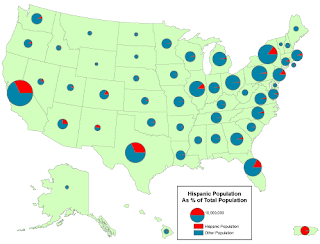
Star plots allow you to compare multiple variables for each observation. The plot above contains the star plots of 16 cars. The variable list for star plot is 1 Price, 2 Mileage (MPG), 3 1978 Repair Record (1 = Worst, 5 = Best), 4 1977 Repair Record (1 = Worst, 5 = Best), 5 Headroom, 6 Rear Seat Room, 7 Trunk Space, 8 Weight, and 9 Length.










































